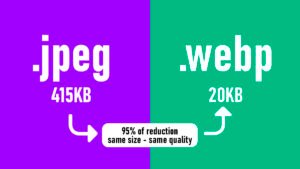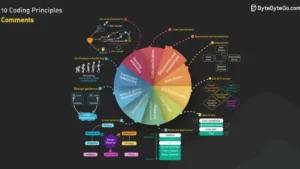How Adobe AI and subscriptions are reshaping creativity.
 Crédito: energepic-com / pexels
Crédito: energepic-com / pexels For years, Adobe was the undisputed leader in the audiovisual production market. However, with the rise of artificial intelligence and increasing dissatisfaction with its high subscription prices, the company now finds itself at a crossroads. The decisions it makes now could either consolidate its position or accelerate its decline. The central question is: where is Adobe really heading?
While offering AI-powered tools like Firefly, Adobe claims to respect creators’ rights. Yet the reality for many visual artists is that AI is not only unregulated but is also devaluing manual work.
Low prices for AI-generated images make human labor less profitable, directly impacting small producers. For them, facing high production costs, selling images on stock platforms simply doesn’t pay off anymore.
Devaluation of Audiovisual Production and AI’s Role
Adobe’s promise to use AI to “facilitate creative work” often sounds more like a euphemism for “replacing the human creator.” Tools like Firefly, which generate images with artificial finishes and glaring errors, are widely criticized by those who value authenticity in audiovisual content.
While large companies can afford to pay for licensed images to avoid copyright lawsuits, most of the market is opting for free and unregulated AI tools.
And where does this leave the creator? In a position where their work becomes obsolete or at least devalued. The claim that AI serves to “enhance creativity” hides the fact that, in the end, it’s occupying the space that once belonged to artists, illustrators, photographers, and videomakers.
High Subscription Costs and Competition with More Affordable Software
Another critical issue is the high cost of Adobe’s tools. The company maintains an expensive subscription model, which can be unfeasible for small creators and freelancers. In contrast, companies like Serif offer packages like Affinity, with one-time payments, eliminating the need for monthly subscriptions.
Software like DaVinci Resolve and CapCut, with free versions, are already viable options for many creators, especially beginners.
This trend could be a sign that Adobe needs to reconsider its pricing structure. However, the company seems to ignore this pressure. Even with competitors offering increasingly capable and affordable solutions, Adobe insists on keeping its high subscription costs. This could backfire, especially at a time when the audiovisual market is in crisis due to the devaluation caused by AI-produced content.
Copyright: Adobe’s True Concern?
Adobe claims it protects creators’ copyrights, particularly with the use of AI. However, many creators are not convinced. The use of unregulated AI, combined with a lack of transparency about how data is used, raises doubts about the company’s true commitment to artists. Adobe Stock promises to compensate its contributors, but does this practice truly protect smaller creators?
The proliferation of AI in the audiovisual market is creating an environment where intellectual property is easily violated. Adobe itself, while trying to maintain its leadership position, is contributing to this problem by training its AI on licensed content without addressing long-term impacts. Is the company truly concerned with creators’ rights, or is it merely responding to criticism superficially?
Adobe’s Missed Opportunity
This could have been the perfect moment for Adobe to rethink its strategy, adjust its pricing, and position itself as an ally of creators. Instead, the giant seems to be moving in the opposite direction, embracing unregulated AI and alienating its user base.
Adobe is no longer the only option in the market. Although its tools are still the best in many respects, creators are opting for cheaper solutions that, even without offering a unified workflow, are more accessible.
The truth is that, in the current landscape, Adobe is weakening its own creator base. By supporting AI without clear regulation and maintaining high prices, the company is contributing to the decline of audiovisual production as we know it. And if nothing is done, Adobe’s future may be as artificial as the images generated by its own AI tools.
Where Are We Headed? Reshaping the Creative Work Model
I’m not against AI. On the contrary, I believe these technologies can bring enormous gains in production and efficiency. However, it’s clear that we need to reshape the current work model to make it fair and sustainable for everyone. AI should be an ally of creators, not a tool that devalues human labor or compromises originality.
We are heading toward a future where AI tools will become an essential part of the creative process, but it’s up to us as an industry to define how this will happen. We need clear regulations, fair business models, and a real commitment to protecting creators’ rights. Only then can we ensure that the future of audiovisual production is inclusive, creative, and, above all, human.


